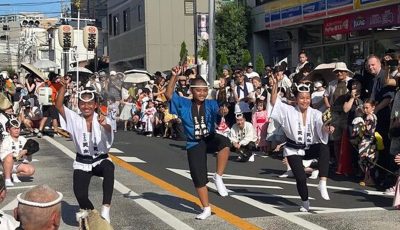Find a balance between culture and economic gain
Of bones in Garapan. Whose bones is it anyway?
The Carolinians settled the project area long before these islands were discovered, and they named it Arabwal. Today it is called Garapan from the root word, Arabwal.
The Carolinians’ named other places in the CNMI , Guam, and elsewhere. Their unique knowledge of non-instrument seafaring ability that enabled them to sail the ocean as far as Japan and elsewhere was established long before these islands were discovered. It’s common knowledge and it is believed among the Carolinian communities that bones with betel nut stains are bones of their ancestors.
The Carolinians are not trying to be indifferent from the rest, in moving forward into the modern world, but I believe that they are simply trying to protect what rightfully belongs to them.
Their traditional forms of respect, proper language usage, a deep understanding of their culture and customs, religious beliefs and practices are not compatible with the exploitation of their sacred land and ocean resources, which also includes the protection of ancestral bones.
The conflicting ideals, imposed by the Spanish, Japanese, Germans, and now Americans, continue to impact their simple island way of life. These ideals prevented the value of oral learning that would have provided a balance between learning both oral and written forms.
Regardless of whose bones, they must be respected and given the proper burial ceremony according to rites and ritual of their origin.
Perhaps a consultation with Chamorro and Carolinian communities on the proper cultural manner for the recovery and treatment of their ancestral bones can address this issue. Another possibility is the establishment of an interpretive display, educating the community on the culture significance of this sacred land, along with the establishment of a sacred area for cultural purposes within the development site. This balance will surely include the concerns of native Chamorro and Carolinian, as well as an economic gain for the island.
Lino M. Olopai
Chalan Kanoa, Saipan



























